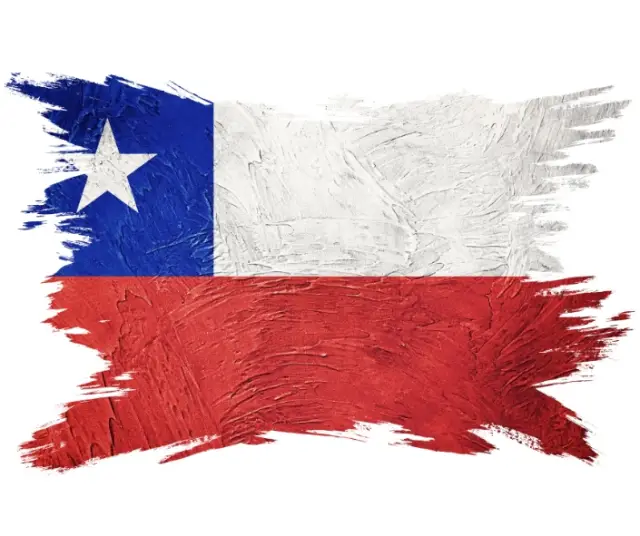In the vast geography of Chile, there is a special day that resonates with the echo of history and national identity: National Flag Day. This commemorative event, celebrated annually on July 9, pays tribute to one of the most emblematic and beloved symbols of the country: the Chilean flag.
Origins of National Flag Day
National Flag Day in Chile finds its roots in the momentous episodes of the War of Independence, a turbulent period that marked the destiny of the nation. The specific election of July 9 is not a coincidence, but a tribute to the patriot victory in the Battle of La Concepción, which occurred in 1812. This contest was a key piece in the puzzle of Chilean independence, symbolizing the resistance and determination of the people facing the colonial yoke.
The development of National Flag Day was consolidated in the first decades of the 20th century. In 1915, President Ramón Barros Luco promulgated the law that made July 9 official as the date to commemorate this national symbol. This gesture was not only a recognition of the heroic deed in La Concepción, but also a symbolic act that consolidated the flag as a representative emblem of struggle and freedom.
It is essential to understand that this day not only celebrates a physical object, but also honors the brave patriots who, with courage and sacrifice, forged the path to independence. The flag, in this context, stands as the standard that guided Chileans towards self-determination and the construction of a unique national identity.
The Evolution of the Chilean Flag
The Chilean flag, with its distinctive design and symbolic elements, has undergone a fascinating evolution over the years, reflecting Chile's political and social transformations. Its current configuration, known as the "Lone Star", has its roots in the fervor of independence, marking a crucial milestone in the country's history.
The original design of the flag was adopted on July 4, 1812, just a few months after the proclamation of independence. At that time, it consisted of three horizontal stripes: blue at the top and bottom and white in the center. This first version sought to represent the sky and snow of the Andes, symbolizing the geography and nature of the country.
However, the flag underwent a significant modification on March 30, 1818, when the current design was adopted. This version features two horizontal stripes, with white at the top and red at the bottom. The upper left quadrant contains a blue square housing a white five-pointed star. This design, conceived by José Ignacio Zenteno and officially adopted in the city of Talca, has endured to this day.
Each element of the Chilean flag carries with it a deep meaning. White symbolizes the snow that crowns the peaks of the Andes, blue represents the clear sky that embraces the Chilean territory, while red is a reminder of the blood shed by those who fought for independence. The star, for its part, symbolizes the unity and progress of the country.
The Flag as a Symbol of National Identity
The Chilean flag goes beyond being a simple banner; It is a symbol rooted in national identity. It represents the history, the fight for freedom and the unity of a diverse and geographically unique country. At important events, such as parades and official ceremonies, the flag flies proudly, reminding Chileans of the importance of unity and sovereignty.
Every July 9, the streets of Chile are filled with commemorative events. From school parades to civic events, the population comes together to celebrate National Flag Day. Schools carry out educational activities on the history of the flag, highlighting its importance in the construction of national identity. In addition, official ceremonies are held in which tribute is paid to the flag and those who fought for the country's independence.
The Flag in Chilean Culture
The Chilean flag has transcended its role as a national symbol to become an integral element of Chilean culture. Its presence is noted in various forms, from clothing to accessories and decorations. At sporting events, Chileans enthusiastically display the flag to express their support for their teams and athletes.
Furthermore, the Chilean flag has inspired artists and creators over time. In music, literature and the visual arts, the flag appears as a recurring motif evoking national pride and connection to the land. This constant presence in everyday culture reinforces Chileans' sense of identity and belonging to their country.
As Chile faces contemporary challenges, the flag continues to play a crucial role in building national identity and social cohesion. In times of crisis, the flag becomes a symbol of hope and resilience, reminding the population of the importance of staying united to overcome obstacles.
In recent years, the flag has also witnessed social movements and demonstrations seeking a more just and equitable country. The presence of the flag in these protests reflects the desire for positive change and the will to build a more inclusive and fair Chile for all.
